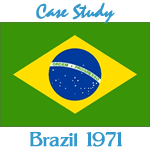 S-N Investimentos S.A., Aron Birmann, and John Oswin Schroy
S-N Investimentos S.A., Aron Birmann, and John Oswin Schroy
Historical Notes (Continued)
History of the Brazilian Capital Market
S-N Investimentos S.A. : This company was the first full-service securities broker-dealer in Brazil that met rigorous international standards for internal controls and accounting procedures. 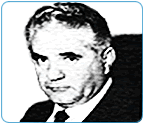 Aron Birmann, founder of the Crefisul Group from Rio Grande do Sul, provided the capital for S-N Investimentos Aron Birmann, founder of the Crefisul Group from Rio Grande do Sul, provided the capital for S-N InvestimentosThis firm was organized in 1964 by John Oswin Schroy and financed after 1965 by Aron Birmann of the Crefisul Group of Rio Grande do Sul (the Sirotsky-Birmann families). Before S-N Investimentos, official stock brokers in Brazil had small offices, with daily trades of usually less than a few thousand dollars. Brokers did not maintain securities ledgers or offer professional custodial services. S-N Investimentos dramatically raised the bar for brokerage services, opening offices in five floors in a building directly facing the Rio Stock Exchange on Rua do Mercado 7. 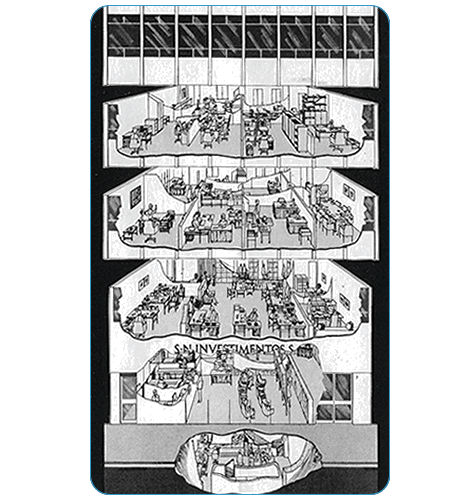 Cross-section of the S-N Investimentos offices, in front of the Rio Stock Exchange, in 1968. (From the firm's advertisement in Time Magazine) Cross-section of the S-N Investimentos offices, in front of the Rio Stock Exchange, in 1968. (From the firm's advertisement in Time Magazine)S-N Investimentos set standards for broker-dealer operations in this new market at international levels by introducing practices, generally not followed by other broker-dealers at the time:
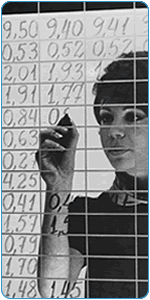 S-N Investimentos, before electronic quote boards were available in 1968. S-N Investimentos, before electronic quote boards were available in 1968.Although S-N Investimentos charged full commissions, while most brokers gave a 50% rebate, the firm became the largest broker within six months. After 1966, the name of the firm was changed to S-N Crefisul and operated on the Rio de Janeiro and São Paulo stock exchanges. In 1964 and 1965, this firm was the largest trader in the developing market for Readjustable Government Bonds and after 1966, the firm was the leading trader in interbank, overnight money. S-N Investimentos managed four mutual funds, including Conta Garantia, the first money market fund. Until 1971, the firm was managed by John Oswin Schroy, at which time he sold his interests. As S-N Crefisul, this company continued to be a leading broker-dealer in the Brazilian securities market for a generation. According to André Pires de Oliveira Dias (Banco Geral do Comércio, São Paulo), writing in "The World's Emerging Stock Markets", S-N Crefisul was still the leading broker in 1991, with 3.6% of trading volume.
At the time that S-N Investimentos was organized, none of the specialized skills needed to operate a modern brokerage house, such as margin clerks and experts in securities ledgers, existed in the local labor market. The entire staff required to safely operate a full-service modern brokerage house had to be trained from scratch. Unlike today, there were no texts on back office systems and broker-dealer accounting and there was no Internet to provide easy access to such information. 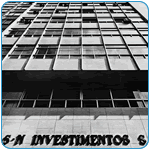 Know-how acquired in setting up S-N Investimentos in Brazil was codified into market regulations in Indonesia 30 years later. Know-how acquired in setting up S-N Investimentos in Brazil was codified into market regulations in Indonesia 30 years later.Particularly critical were the internal controls, daily interlocks between the cash and security ledgers, and operational manuals that are essential to maintain a disciplined broker-dealer operation. Thirty years later, John Oswin Schroy was to use the knowledge gained in setting up the back office and internal controls of S-N Investimentos in Brazil to write detailed regulations for the Indonesian Ministry of Finance, so that brokers in that market would have a much easier time in installing secure systems. [Look up on Bapepam (Indonesian SEC) web site: http://www.bapepam.gov.id for Rules V.D.3. and V.D.4 of 1996 and others.] |
